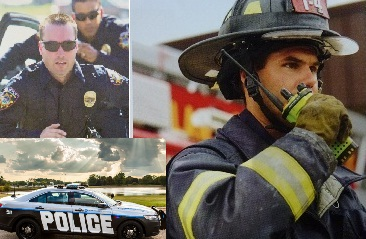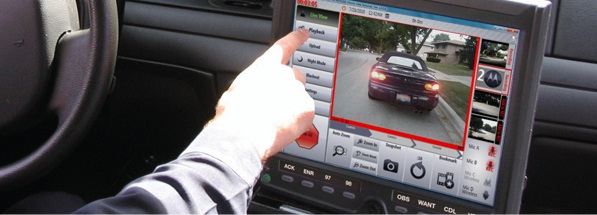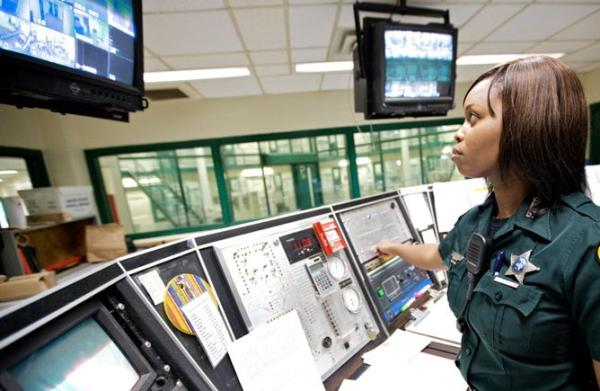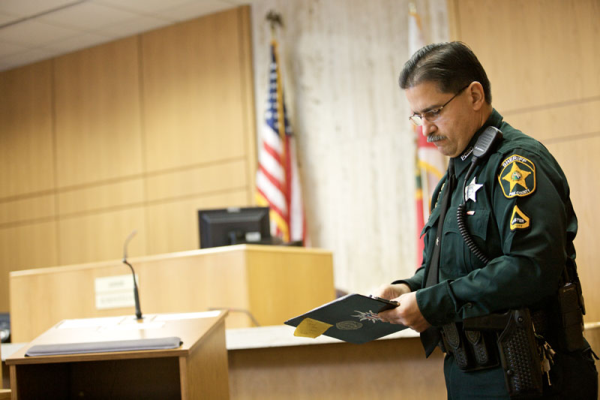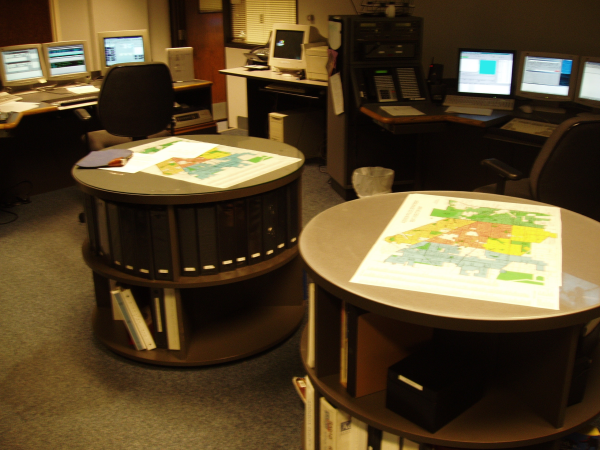What Local Municipalities Need to Know about LTE & P25
In a discussion I was having with one of my co-workers, I was asked about P25 (public safety's latest standard), LTE (long term evolution) and what it means to local public safety radio users. It made me think about our current radio system configurations, the abilities they have now and what is needed to get them to a higher level. Current systems used by our local governments operate analog two way radios, in essence, I talk and you listen. Similar to cellular phones in 1983, when a call was placed it was on one specific frequency. Effective, yet in our world today with ever increasing demands on information, it lends itself to being archaic. In addition with the limited frequency resources from the FCC we find adding any type of capacity to these legacy systems in a similar analog fashion is restricted by co-channel users on that frequency. Thus we are educating users on digital and what it will do for them.

